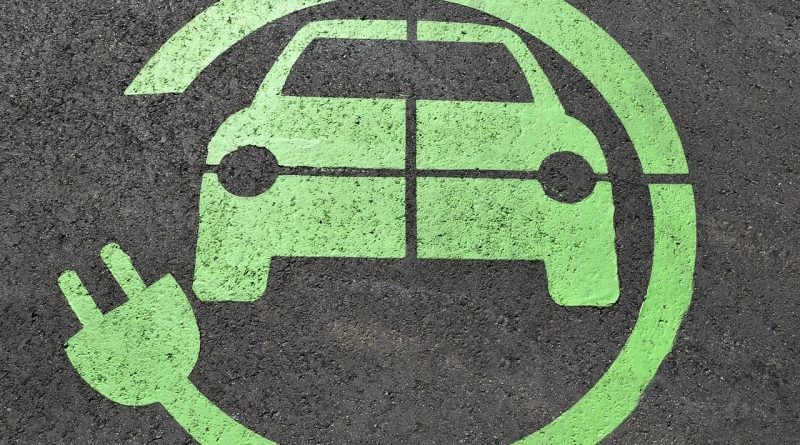Electric Cars and the Energy Grid – Five Facts to Combat Hybrid Car Charging Myths
Just a few years ago, the idea of electric cars was met with complete skepticism. Oh, sure, people said, the technology is there to make the cars, but drivers aren’t going to buy a car that can only drive 40 miles before you have to plug it in. The argument hasn’t changed much even as ranges increased in mileage. Now that hybrid electric cars are in the mainstream — and their acceptance is growing with each passing day — the conversation is turning to the next hurdle in the acceptance of electric cars. Where the heck do you plug them in to recharge? Here are five facts that help answer that question.
- Most electric vehicles will get all the charging they need at home.
- Many of the newest hybrid batteries can be charged from a low-cost 220V outlet, similar to the one used by any electric clothes dryer. Some can even be charged from a 110V outlet. An overnight charge is more than enough to power most cars for their daily driving needs.
- The driving range per overnight charge is up to 100 miles.
- The standard wisdom says that most electric cars get about 40 miles to a charge — far less mileage than most drivers typically drive in a day. However, most of the newer vehicles actually get between 70 miles and 100 miles to a full charge – about double the daily driving mileage of the typical driver.
- Many businesses are planning to install charging stations on site for customer convenience.
- Whole Foods and McDonalds are just two high profile examples of companies that see the benefits of making it convenient for customers to charge up their vehicles. Some other places you might expect to see public charging stations for EVs include parking garages, mall parking lots, hotels and motels and restaurants. In fact, anywhere that people park their cars for more than half an hour is a good candidate for one or more public charging stations.
- You don’t need a special plug and expensive equipment to charge an electric car.
- A lot of older information on the net tells you that you need a special, dedicated plug and costly equipment to charge your EV. That’s no longer true. The newer models of EVs in development can be charged on standard household current.
- The grid is already ramping up to support EV traffic.
- California is leading the way in the US, with charging stations installed along hundreds of miles of highway. In Vancouver, zoning regulations require that new apartment construction must include vehicle charging stations to support the tenants’ need for EV charging. Private companies are recognizing that they can attract business by offering charging for electric cars free or at nominal cost, and fast-charging stations – stations that can recharge a battery in 30 minutes or less — are no longer a pie-in-the-sky dream.
The newest developments in electric vehicle technology have overturned some of the most commonly held myths about the barriers to the wide adoption of electronic vehicles. As more people are inspired to buy EVs like the Chevy Volt and the Nissan Leaf, they’ll find that the infrastructure they need to support their new cars is already growing to meet their needs.


